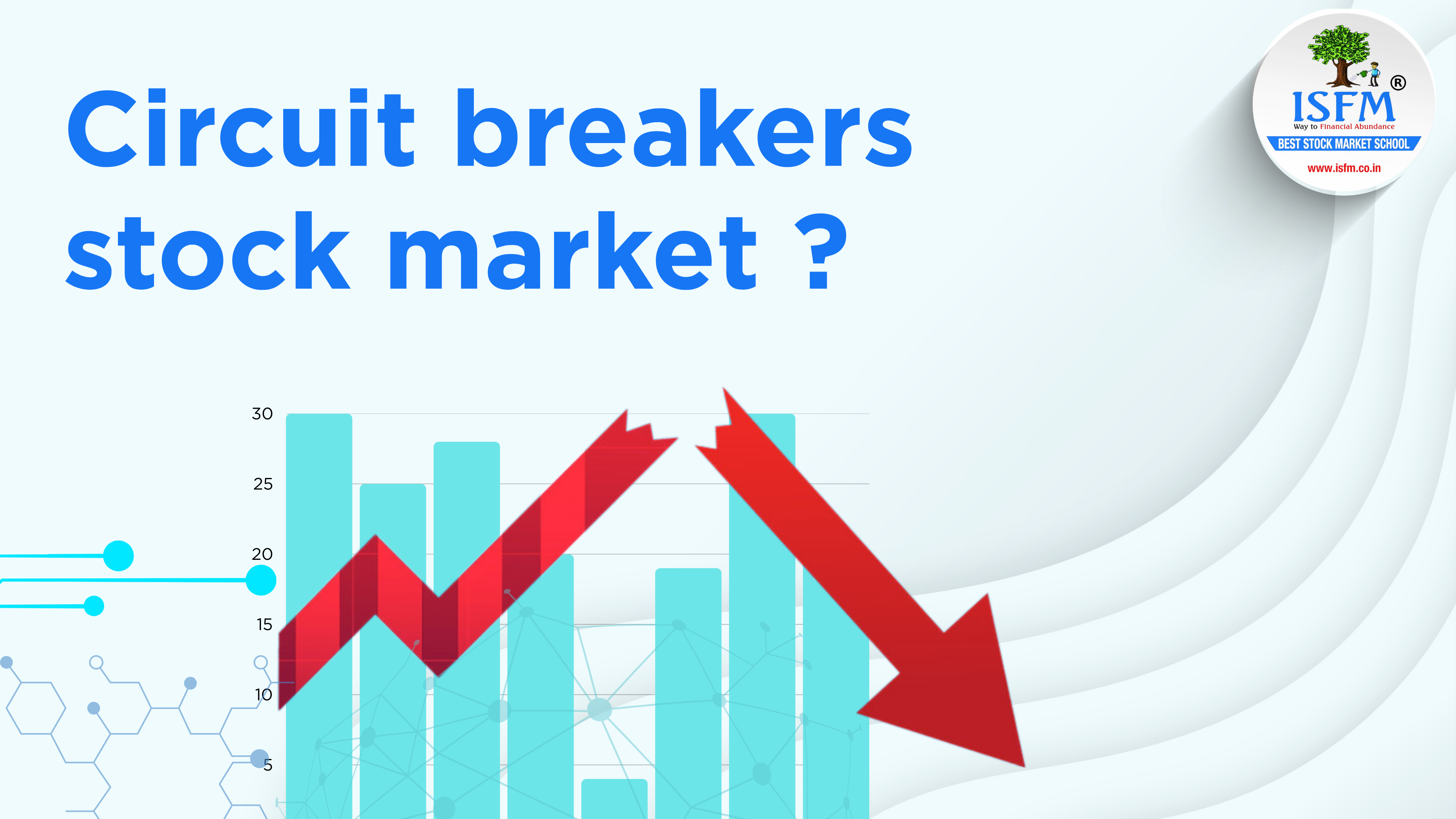Circuit Breakers in the Indian Stock Market: Everything You Need to Know

In times of extreme market volatility, circuit breakers serve as crucial risk-control mechanisms in the Indian stock market. These automatic trading halts are designed to prevent panic-induced crashes and maintain orderly market conditions. In this guide, we’ll delve into how circuit breakers work, SEBI regulations, their importance, and real-world examples from Indian exchanges like the NSE and BSE.
What Are Circuit Breakers in Stock Markets?
Circuit breakers are predefined thresholds that temporarily pause trading activity when indices like the Nifty 50 or Sensex move sharply in either direction. These halts act as a “cooling-off period,” helping investors absorb market developments without making impulsive decisions.
Circuit Breaker Rules in India: SEBI Guidelines
The Securities and Exchange Board of India (SEBI) has laid out a two-tier circuit breaker system that includes index-based halts and stock-specific price bands:
1. Index-Based Circuit Breakers
Triggered when either the Nifty 50 or Sensex moves by 10%, 15%, or 20% in a single trading day:
- 10% Movement
- Before 1:00 PM: 45-minute trading halt
- Between 1:00 PM – 2:30 PM: 15-minute halt
- After 2:30 PM: No halt
- 15% Movement
- Before 1:00 PM: 1 hour 45 minutes halt
- Between 1:00 PM – 2:30 PM: 45-minute halt
- After 2:30 PM: Trading ends for the day
- 20% Movement
- Immediate halt for the rest of the trading day
2. Stock-Specific Circuit Limits
Each stock on the NSE and BSE is subject to daily price bands of 2%, 5%, 10%, or 20%, depending on its category and liquidity. These are designed to restrict excessive price fluctuations in individual stocks.
Also Read: What is Long Buildup in Options Trading: A Strategic Guide to Profitable Trades
Why Circuit Breakers Are Important
Circuit breakers in Indian stock markets offer multiple benefits:
- Avoids Market Crashes – Stops panic selling during high-stress periods
- Protects Investors – Especially retail investors from sudden losses
- Promotes Orderly Trading – Encourages rational decision-making
- Global Best Practices – Aligns India with global market safety standards, boosting FII confidence
Impact on Different Market Participants
Understanding circuit breakers is essential for every type of investor or trader:
- Retail Investors: Protects against emotional and impulsive trades
- Institutional Traders: Requires adjusting risk models and exposure
- Algo & HFT Firms: Algorithms must include circuit breaker contingencies
- F&O Traders: Must manage open positions with halt scenarios in mind
Real Example: Circuit Breaker Triggered in 2020
On March 13, 2020, amid the global COVID-19 panic, the Sensex fell over 10% minutes after the opening bell. This triggered a 45-minute trading halt, offering markets a breather. Post-resumption, sentiment stabilized—highlighting the effectiveness of circuit breakers in preventing full-blown crashes.
Conclusion
Circuit breakers function as the emergency brakes of the Indian stock market. Though they may momentarily pause price discovery, their role in safeguarding investor interests and maintaining market stability cannot be overstated. As volatility increases in global markets, these mechanisms are becoming more critical than ever.
Whether you’re a beginner or an advanced trader, understanding the SEBI circuit breaker rules is vital for developing a resilient trading strategy.



